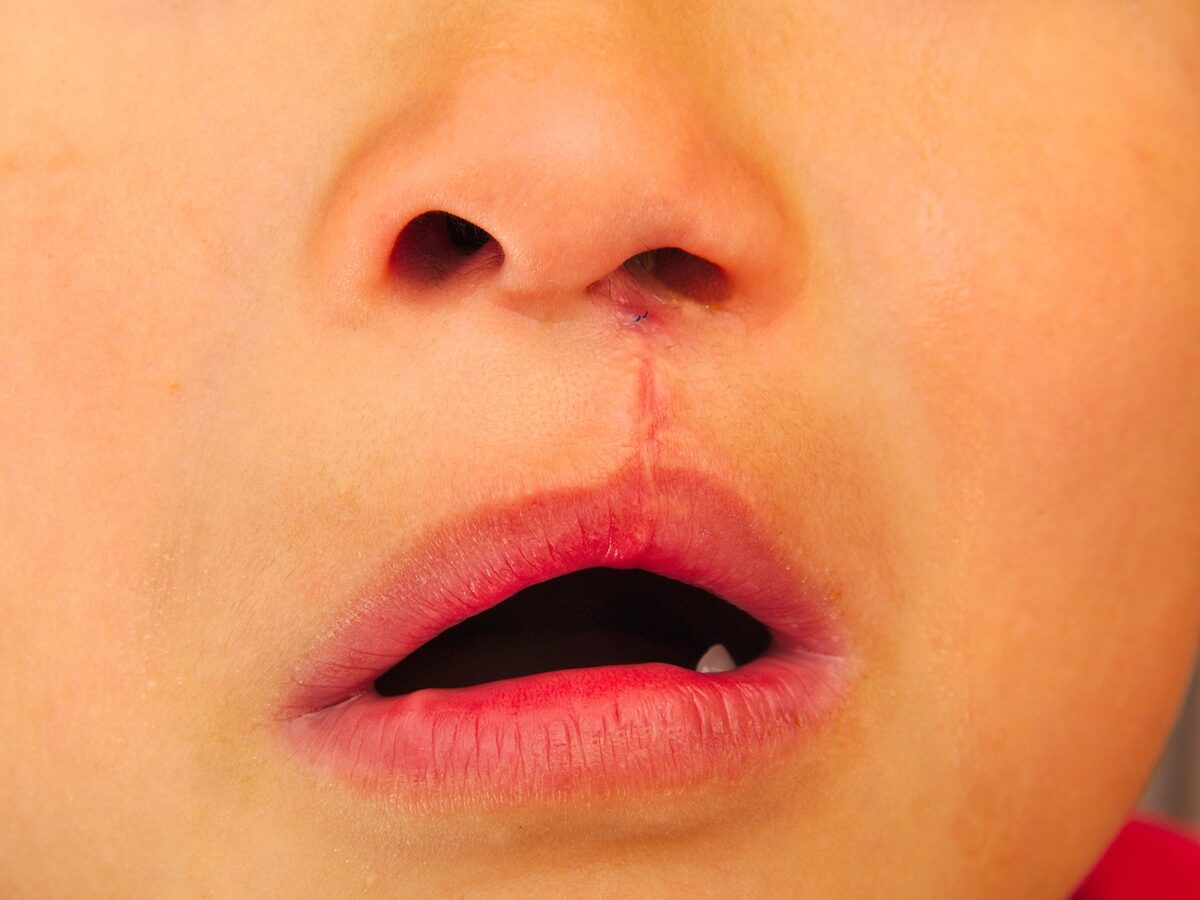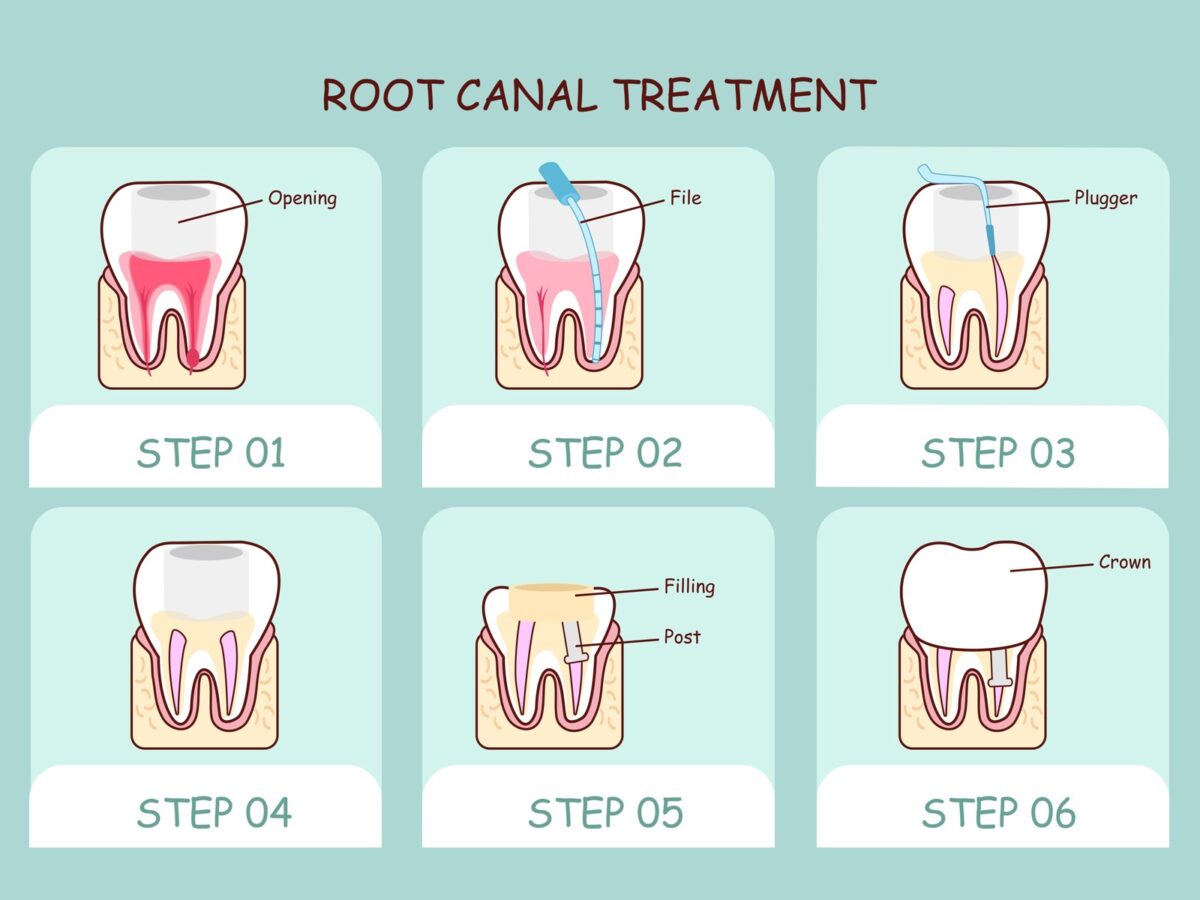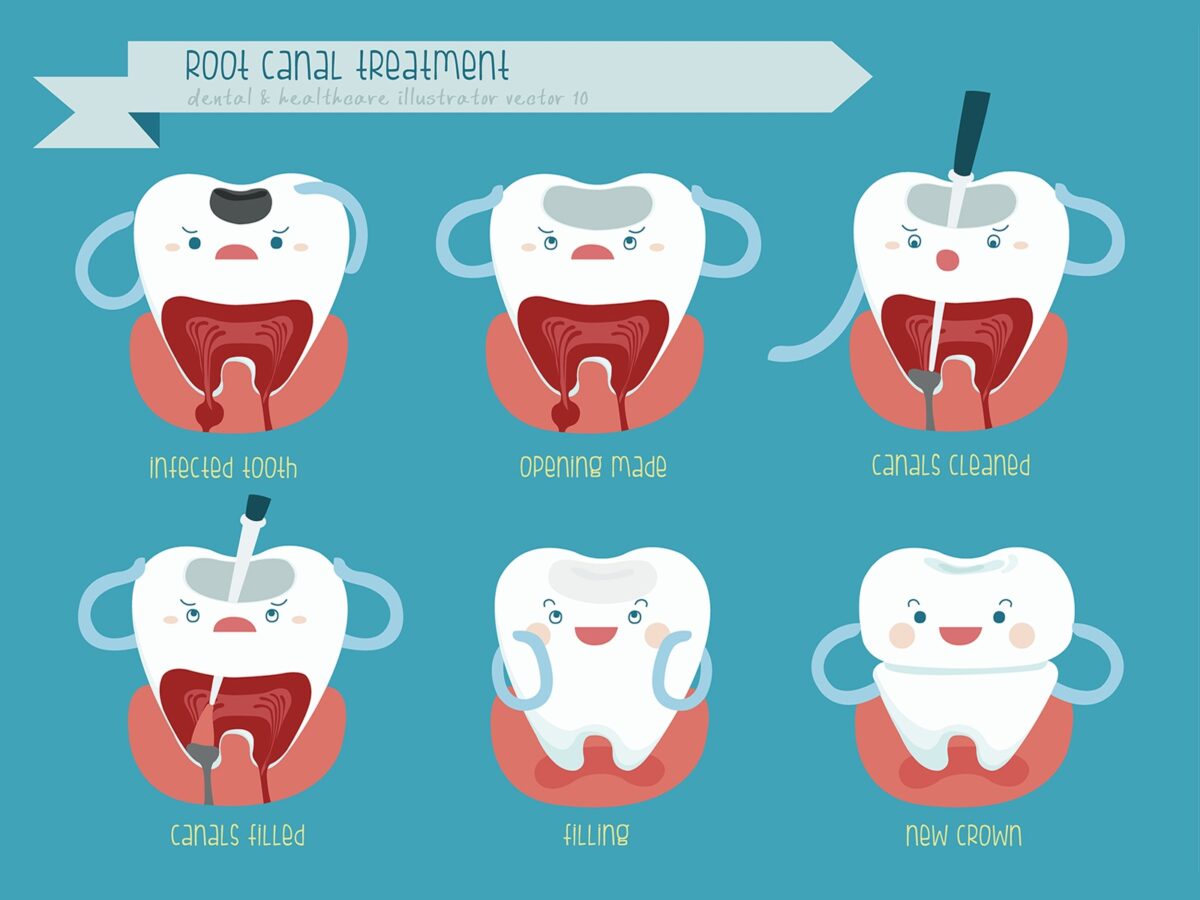A cleft lip or cleft palate describes a separation or opening in the roof of the mouth (palate) or both of the upper lip and the roof of the mouth (umbilicus). In unborn babies, cleft lip and cleft palate occur as a result of the facial structures that are developing during development not completely closing.
One of the most common birth defects are cleft lips and cleft palates. As a whole, these birth defects are most commonly found to be isolated, but they can also occur in conjunction with many inherited genetic disorders.
A child born with a cleft lip or cleft palate can certainly be upsetting. However, these conditions can be corrected. Most babies can be restored to their normal function and appearance with few scarring following a series of surgeries.
Symptoms
Clefts in the lips or palate are often immediately visible at birth. A cleft lip or cleft palate may look like:
- It may affect one or both sides of the face and occurs in the lip and the roof of the mouth (palate).
- Various types of splits in the lip, ranging from a small notch which appears on the lip to a split that extends from the lip through the upper gum and palate into the lower lip.
- If the split does not affect the appearance of the face, it is not a facial fracture.
The soft palate muscles (submucous cleft palate) are covered by the mouth lining and less commonly undergo clefts. Often, signs of a cleft may not be apparent at birth or diagnosed for some time afterward. Cleft palate with submucous symptoms may display the following signs and symptoms:
- Feeding difficulties
- Having difficulty swallowing, which may result in liquids or foods being expelled
- Nasal speaking voice
- Infections of the ears
When to see a doctor?
Most people are aware of a cleft lip or cleft palate at birth, and their doctors may begin coordinating services at that time. Consult your child’s doctor if your child displays signs or symptoms of a submucous cleft palate.
Schedule your appointment with a dentist today and get the treatment on time!




